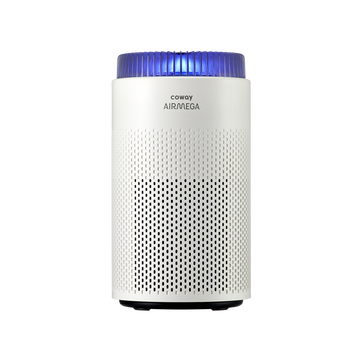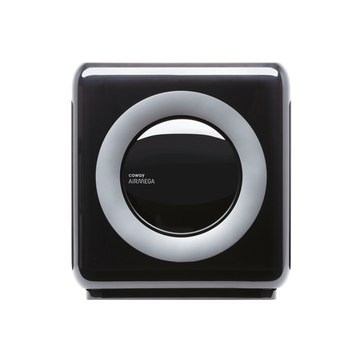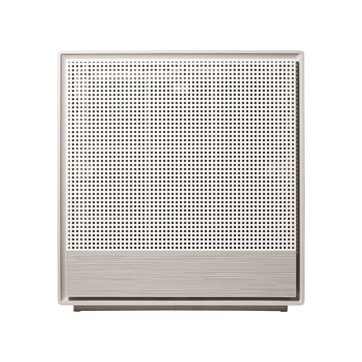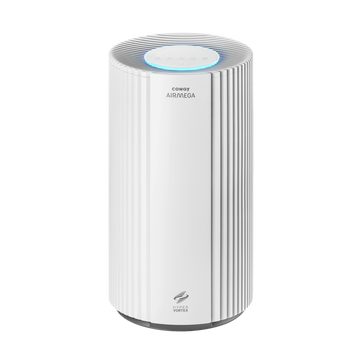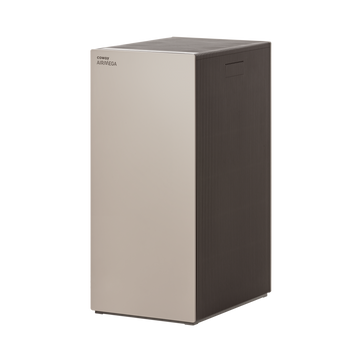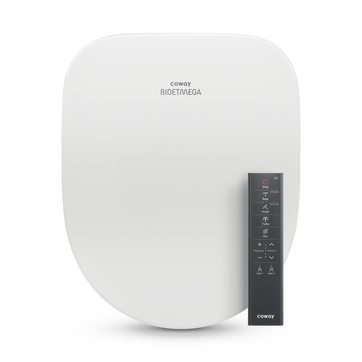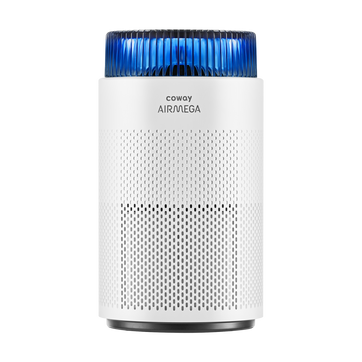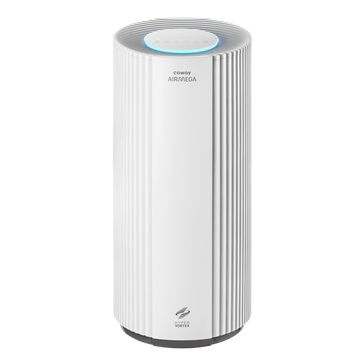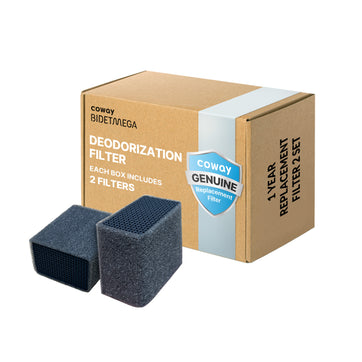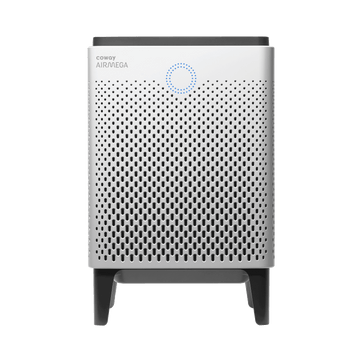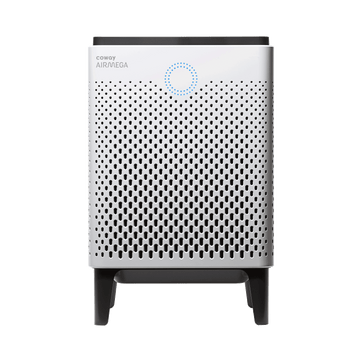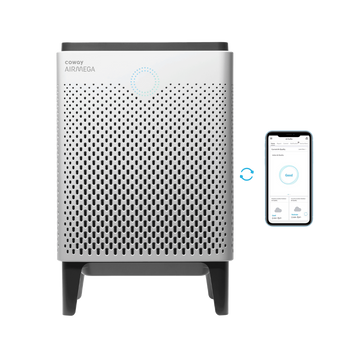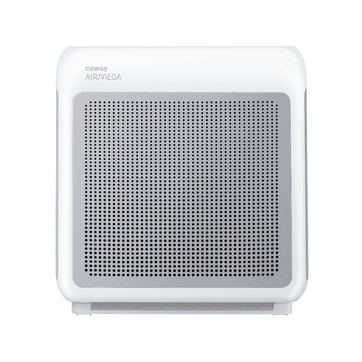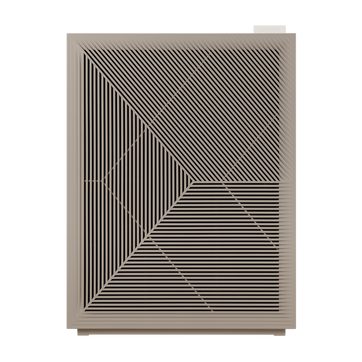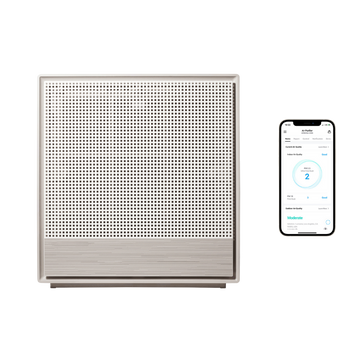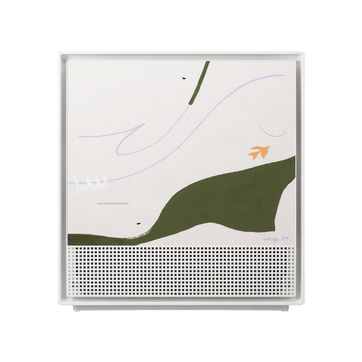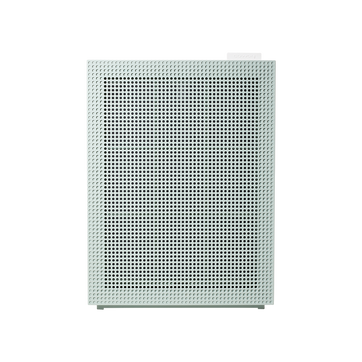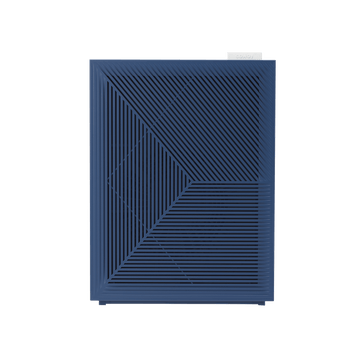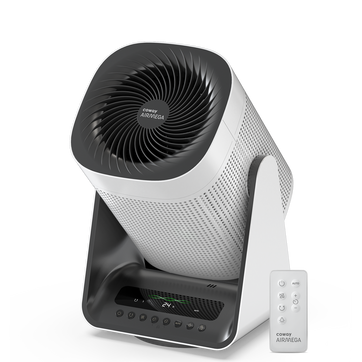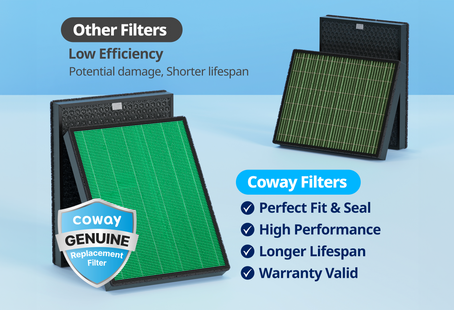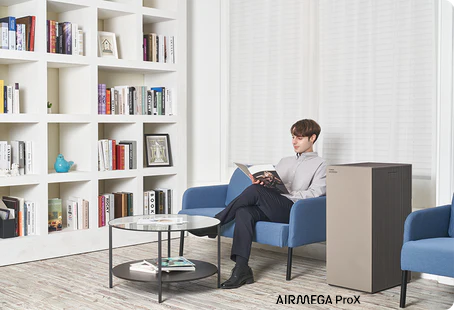
Is the Pacific now “plastic soup”?
A little over six months ago, Ben Lecomte dove into the Pacific Ocean, off the coast of Japan, in hopes of becoming the first person to swim the width of the ocean — from Japan to San Francisco, California. But the potential athletic record wasn’t his only motivation. He also wanted to bring awareness to the great Pacific garbage patch (GPGP), a vast area of floating plastic pollution.
On Monday, December 10th, Lecomte swam ashore in Oahu, Hawaii. He landed thousands of miles short of his original destination, but bad weather had damaged his guide boat beyond repair. While he made an incredible attempt, no one has yet to swim the full distance of the Pacific Ocean.
Lecomte’s work of sounding the alarm about plastic pollution, however, is stronger than ever. “Today, The Swim as a world record attempt has stopped, but The Swim as a platform keeps on living because it has always been the most important goal of the expedition,” he wrote.
Through entries in his logbook, Lecomte shared his experiences. It’s surprising to learn that he started the journey thinking the GPGP might be a “myth”; no airplane or ship captain had ever reported seeing it. But in his final days at sea, he wrote that he has experienced it more as a “plastic soup, where small pieces of plastic called microplastics gather with current, wind and wave conditions. In these areas, our net tows produced hundreds of plastic pieces within half an hour.”
The thought of a seemingly endless “plastic soup” is distressing. But like Lecomte, individuals can take action. Further, this collective action doesn’t require being out to sea for six months. It can be as simple as eliminating single-serve bottled water from our daily lives.
Consider this pollution-free alternative: fill a reusable bottle with crisp, clean water from the Coway Aquamega 100. The triple-filter system purifies drinking water right at home, directly from the kitchen tap. It reduces common contaminants by up to 99.9 percent and provides an unlimited supply of thirst-quenching water. With its stylish design, the Coway Aquamega 100 is a refreshing sight, too.
Disclaimers
1Coway air purifiers have been proven to trap dust, pollen, dander, viruses and bacteria in the air based on KCL (Korea Conformity Laboratories) testing.They have been tested in a 30㎥ size chamber according to the Korea Air Cleaning Association standard (SPS-KACA 002-132:2022 Modified) to measure the 0.01㎛ size of particle removal rate. It was tested on maximum airflow speed in normal room temperature and humidity conditions. The performance may vary in the actual living environment of customers.
→ Tested with Airmega Aim, 50, 100, 150, 160, Tower AP-1216L, Mighty AP-1512HH, MightyS AP-1512HHS, 200M, Icon, IconS, 230, 240, 250, 250 Art, 250S, 300, 300S, 350, 400, 400S, 450, ProX
299.97% of viruses, bacteria, fungi and pollen were verified to be removed from the air for Coway air purifiers which have Green True HEPA™ filter applied based on the Japan Food Research Laboratories(JFRL) testing according to JEM 1467 standard.
→ Tested with Coway Airmega Mighty AP-1512HH, MightyS AP-1512HHS, 250, 250 Art, 250S, 300, 300S, 400, 400S
→ All tested by JFRL and received above result within below time.
4The concentration of ammonia, acetaldehyde and acetic acid were proven to be removed within 30 minutes by FCG Research Institute, Inc. Human Life Science Lab. It is not a demonstration result in the actual use space. Not all odors and gases may be supported. → Tested with Coway Airmega 150, 160, Mighty AP-1512HH, MightyS AP-1512HHS, 400, 400S
5The coverage area of the air purifier is based on an area where the air cleaner can make two air changes per hour (ACPH). An air change per hour translates to how many times an air purifier can clean an area, assuming the height of a ceiling to be 8 ft, in one hour. Therefore ** means two air changes per hour means that the cleaner can clean the area once every 30 minutes and * means air changes per hour means that the air purifier can clean the area once every 60 minutes.
10Terms and conditions apply. Discounts, including promotions, coupons, bundle discount and subscription discount, cannot be stacked on top of other coupons. During promotional periods, discount codes will not be able to be applied to orders. Promo codes may apply to products only—filters, accessories, and new products within 3 months of the release date are not included.
11Based on Coway R&D internal laboratory testing, activated carbon filtration was shown to remove up to 95% of ammonia odors within 40 minutes, and up to 99% of fecal odors within 20 minutes. Actual performance may vary depending on usage conditions.
